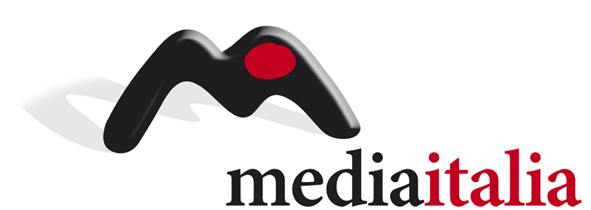Background
Internet has profoundly changed the habits and behaviour of millions of individuals all over the world.
One of the most important changes concerns ways of shopping.
The web not only enables gathering information before making a purchase in an actual physical shop, but also before purchasing directly online.
There are companies which have been operating exclusively online for a number of years now and more and more traditional companies are offering their clients this new channel for buying.
As a consequence a new market has opened up for communication operators too, tasking them with providing potential purchasers with information to attract them to their company sites.
eCommerce – International market
eCommerce has developed at the global level in parallel with internet, but in recent years its rate of growth has accelerated due to those countries where the web was already widespread driving online sales significantly.
While Internet seems to now have limited rates of expansion, having already more than 4.2 billion users, the number of online buyers still shows ample growth margins.
Based on data from the eCommerce Foundation in 2015 there were 1,139 billion e-shoppers, equal to 20% of the world population aged 15 and above.
Estimates of B2C online sales of products and services is 2.251 billion dollars, with growth of 15% respect to 2014, which in turn had grown by 24%.
China, USA, UK, Japan and Germany lead the rankings of the countries with the greatest online spending.
In Europe there are 274 million e-shoppers aged 15 and above, double the share of the total population compared with the global rate (40% vs 20%), and they have generated overall spending estimated for 2015 at 477 billion euros, growth of 13%.
eCommerce – Italian market
Italy is lagging behind with respect to the main European countries.
Penetration of online sales on total retail is well below the European average (3.5% vs. 10%).
All the same we are recovering.
In a few years Italian e-shoppers have increased from 9 to 17.7 million (more than half of those surfing the net) a third of whom usually buy on the web.
In parallel, for a few years online purchasing by Italians has been showing a double-digit increase and it is estimated that in 2015 it was over 16.6 billion euros, with growth of 16% with respect to 2014.
Still according to estimates from the Department of Management Engineering of the Politecnico of Milan, purchases on Italian sites should have reached15 billion, of which more than 3 billion coming from abroad, while purchases by Italian e-shoppers on foreign sites were more than 4.7 billion.
The weight of the“Product” sector continues to grow, driven by Clothing (15%), IT-Electronic (13%) and Publishing (4%), now reaching 49% of total online sales on Italian sites, to the detriment of the “Services” sector, dominated by Tourism (37%) and Insurance (8%).
Despite growth of the buying using apps on tablets and above all smartphone (where Italy stands out at the global level), 79% of Italians prefer to buy using web sites.
eCommerce – Adspend in Italy
For eCommerce companies too, especially during launch phase, awareness is a very important factor in getting potential clients to make the first step towards a possible purchase of their products and services: visiting the site.
Therefore, advertising communication plays a vital role.
Facing an advertising market which in recent years has recorded negative trends, the varied eCommerce sector has been clearly countering the trend, investing in advertising no less than 200 billion euros a year, equal to 4% of the total.
Unless the Nielsen surveys underestimate the investment on the web for almost all product classes of eCommerce, television emerges as the dominant medium, absorbing in many cases more than 50% of the advertising budget.
Top spenders of the main classes of products such as Trivago, Zalando, Subito.it, Facile.it, Immobiliare.it, Fineco, Direct Line, William Hill, all have a media mix which is mainly if not exclusively television.
Media Italia Study
The intense on-going commitment to television from the main direct response companies is surely indirect evidence that the medium works.
The Media Italia study provides more direct proof, comparing the advertising campaigns with visits to sites. This was done by cross referencing the weekly investment data and advertising pressure of numerous eCommerce brands with the searches available on Google Trends.
This data, indexed on a scale where 100 corresponds to the highest value in the period under analysis, provide an excellent estimate of the number of visits to the sites.
All the cases examined show one constant: every time that there is a TV flight the weekly searches on Google increase in a significant way.
The Media Italia study has produced further detailed information: it has shown that going on TV is not enough to automatically achieve positive results.
Indeed to maximise results three factors are necessary:
1. Intelligent management of leverage of TV planning, or rather correct choice of the network, timeslots, programmes, days of the week, and length of the spots.
2. Suitable creativity for the direct response product, or rather which stimulates a visit to the site.
3. Careful analysis of the response data with continuous fine-tuning of the media planning or the message.
We believe that this study offers a concrete demonstration of communication effectiveness when managed in a professional way.






